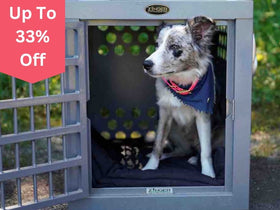
What Is A Direct Vent Fireplace? How Does It Work?
A direct vent fireplace is a type of gas fireplace that is designed to be installed without a traditional chimney. It operates by drawing air for combustion from outside the home and expelling combustion byproducts directly outside, using a sealed venting system.

Here's how a direct vent fireplace works:
- Air Intake: A direct vent fireplace has a dedicated air intake pipe that brings fresh combustion air from the outside directly to the firebox. This pipe is usually located on the outer wall or roof near the fireplace.
- Combustion Process: Inside the firebox, natural gas or propane is ignited to create a flame. The combustion process occurs within a sealed combustion chamber, separated from the indoor air by a sealed glass panel.
- Venting System: The combustion byproducts, including gases, moisture, and any potentially harmful substances, are expelled through another pipe called the exhaust vent. This vent is typically located adjacent to the air intake and runs through an exterior wall or roof.
- Sealed System: A direct vent fireplace is designed to be a completely sealed system. It does not rely on indoor air for combustion, which means it is not affected by negative pressure within the house. This sealed design ensures that the fireplace operates efficiently and safely, without introducing combustion byproducts into the indoor environment.
- Heat Distribution: Direct vent fireplaces typically use a heat exchanger system. As the combustion occurs, the heat generated is transferred to the heat exchanger, which then warms the air surrounding it. A fan or blower can be used to circulate the heated air into the room, providing warmth and comfort.
- Controls & Safety Features: Direct vent fireplaces often have adjustable controls for flame height and heat output, allowing users to customize their experience. They also come with various safety features, such as oxygen depletion sensors (ODS) that monitor the oxygen level in the room and automatically shut off the gas supply if it drops to unsafe levels.
The benefits of a direct vent fireplace include energy efficiency, as they prevent heat loss through the chimney, and flexibility in installation since they do not require a traditional chimney structure. They provide a convenient and clean-burning option for homeowners who prefer the look and warmth of a fireplace without the need for wood fuel or extensive venting systems.




